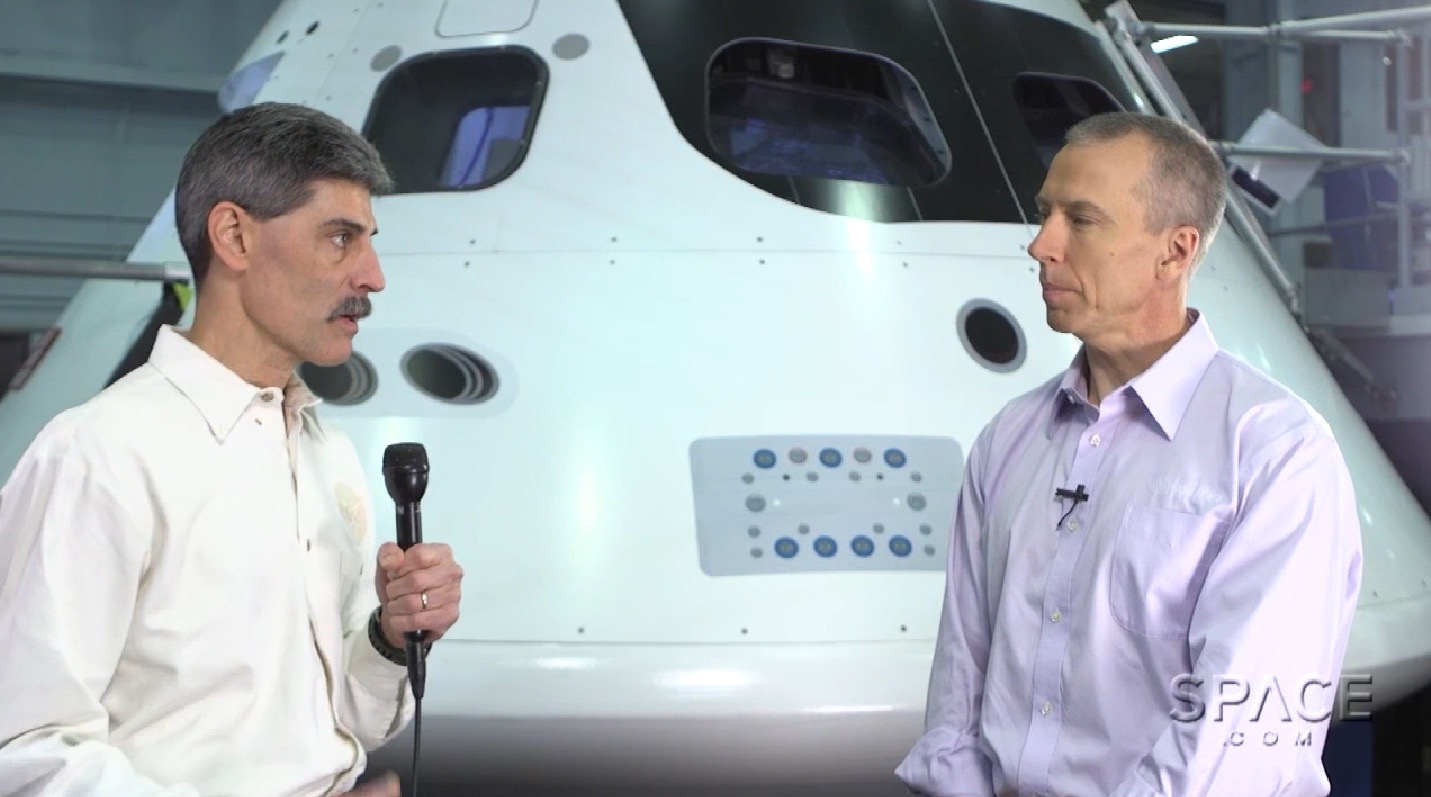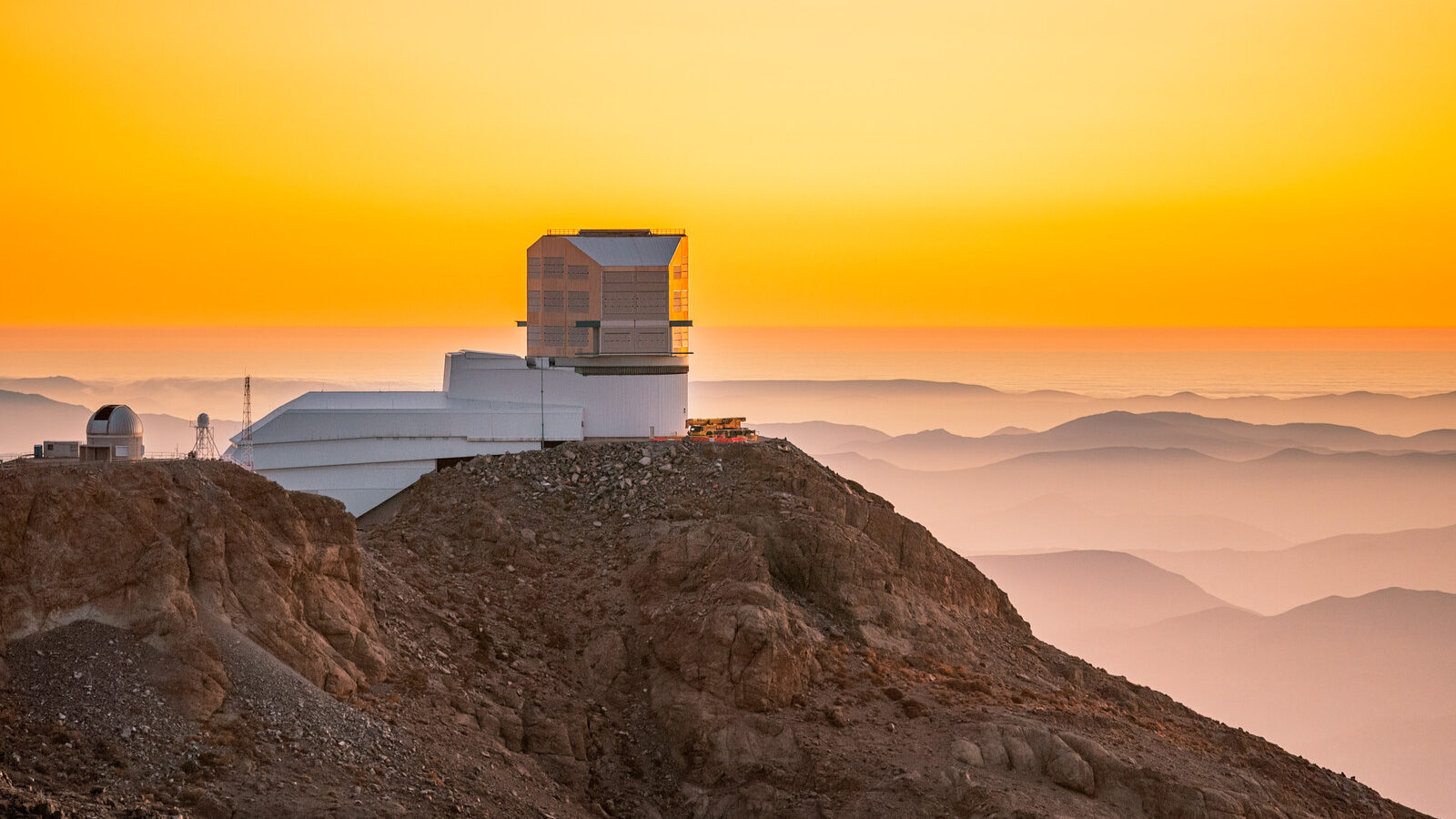Astronaut Drew Feustel Talks Orion and the Future of Space Exploration (Video)

NASA astronaut Drew Feustel was destined to play a big role in the exploration of space.
His early years make it seem that way, anyway. Not only is Feustel from Lake Orion, Michigan — Orion is the name of NASA's next crew-carrying spacecraft — but he also grew up along a cluster of streets with NASA-worthy names.
"I lived on Saturn Drive," Feustel told Space.com's Dave Brody in a video interview. "The street nearby was Gemini Drive. We had Mercury. We had Armstrong," Feustel added, referring to NASA's Gemini and Mercury human-spaceflight programs, and famed moonwalker Neil Armstrong. [Giant Leaps: Top Milestones of Human Spaceflight]
While there isn't a Feustel Street yet, the astronaut is doing his part to further space exploration — as is the Orion spacecraft, which NASA envisions helping get astronauts to asteroids, Mars and other deep-space destinations.

The 16.5-foot-wide (5 meters) Orion may seem like it would be cramped for astronauts, but the capsule is actually pretty roomy, Feustel said. Orion is larger than Russia's Soyuz spacecraft, which astronauts currently use to get to and from the International Space Station (ISS), and Orion's living quarters are bigger than those of NASA's now-retired space shuttle.
When Orion comes online in the early 2020s, it will able to accommodate up to six astronauts on ISS flights, and up to four crewmembers for journeys to Mars, NASA officials have said. But astronauts on Red Planet missions wouldn't be confined to Orion during the entire trip, which would require about eight months of spaceflight in each direction, Feustel said.
"Of course, we believe if we flew this spacecraft, we would have a habitation module going to wherever we were going with us," Feustel said in the video. Orion "is really the piece that sits on the pointy end of the spear to get the crew to space, assemble what we need — the rest of the vehicle — and then take it on out to a distant location."
Breaking space news, the latest updates on rocket launches, skywatching events and more!
Living on Mars for long stretches will likely require pioneers to utilize Red Planet resources, a skill that NASA said it wants to practice first in Earth-moon space. Feustel, a geoscientist, said he's all for this plan. (In college, he said, he had a T-shirt with the slogan "Earth first — we'll mine the other planets later." But, he added, he's not in favor of exploiting Earth so heavily that the planet gets damaged.)
"Wherever we are, we're going to need those natural resources," Feustel said.
The astronaut also said he thinks it's important for humans to learn how to live beyond Earth.
"We don't have a lot of history here, and we probably don't have a lot of a future here either," he said. "It's not doom and gloom. It's just the reality of the world that we live on."
Follow Kasandra Brabaw on Twitter @KassieBrabaw.Follow us @Spacedotcom, Facebook and Google+. Originally published on Space.com.
Join our Space Forums to keep talking space on the latest missions, night sky and more! And if you have a news tip, correction or comment, let us know at: community@space.com.

Kasandra Brabaw is a freelance science writer who covers space, health, and psychology. She's been writing for Space.com since 2014, covering NASA events, sci-fi entertainment, and space news. In addition to Space.com, Kasandra has written for Prevention, Women's Health, SELF, and other health publications. She has also worked with academics to edit books written for popular audiences.
